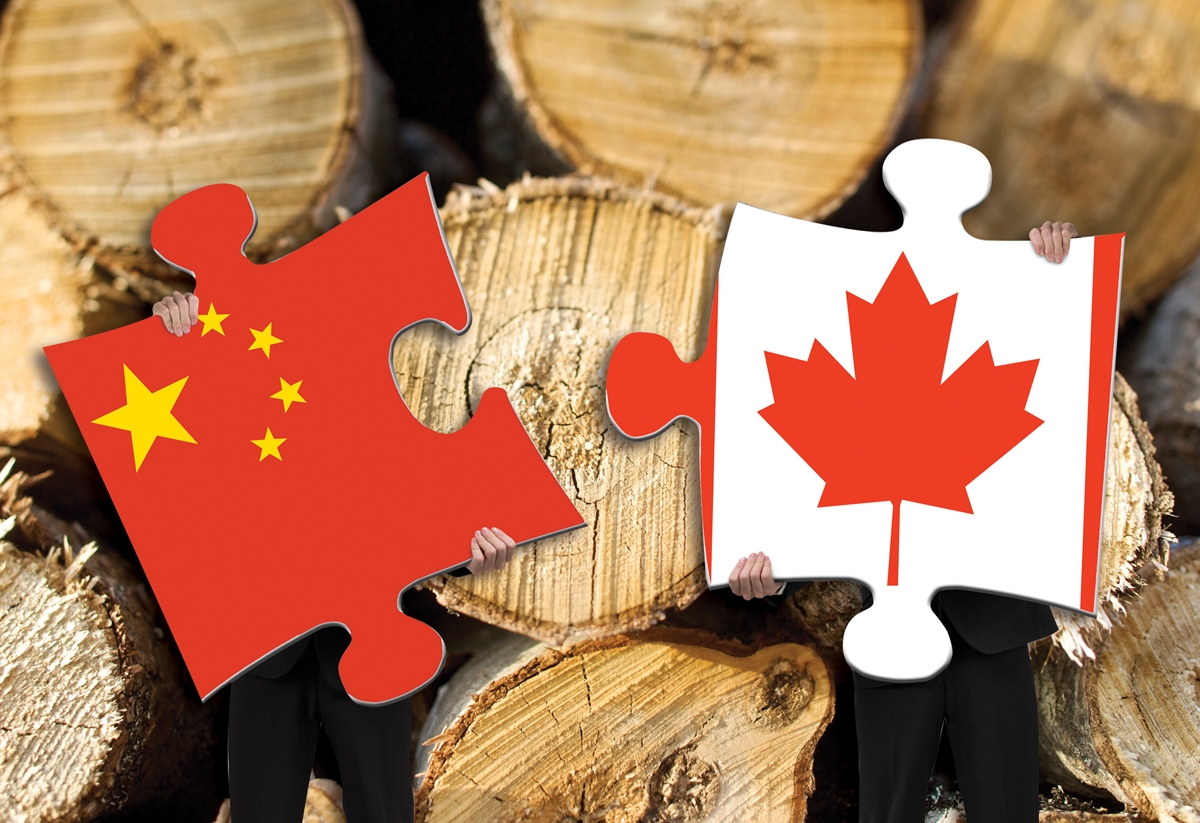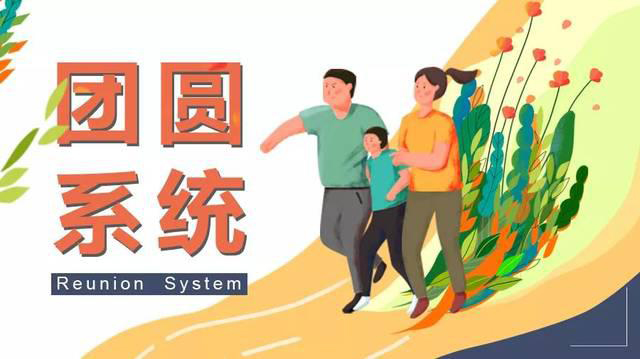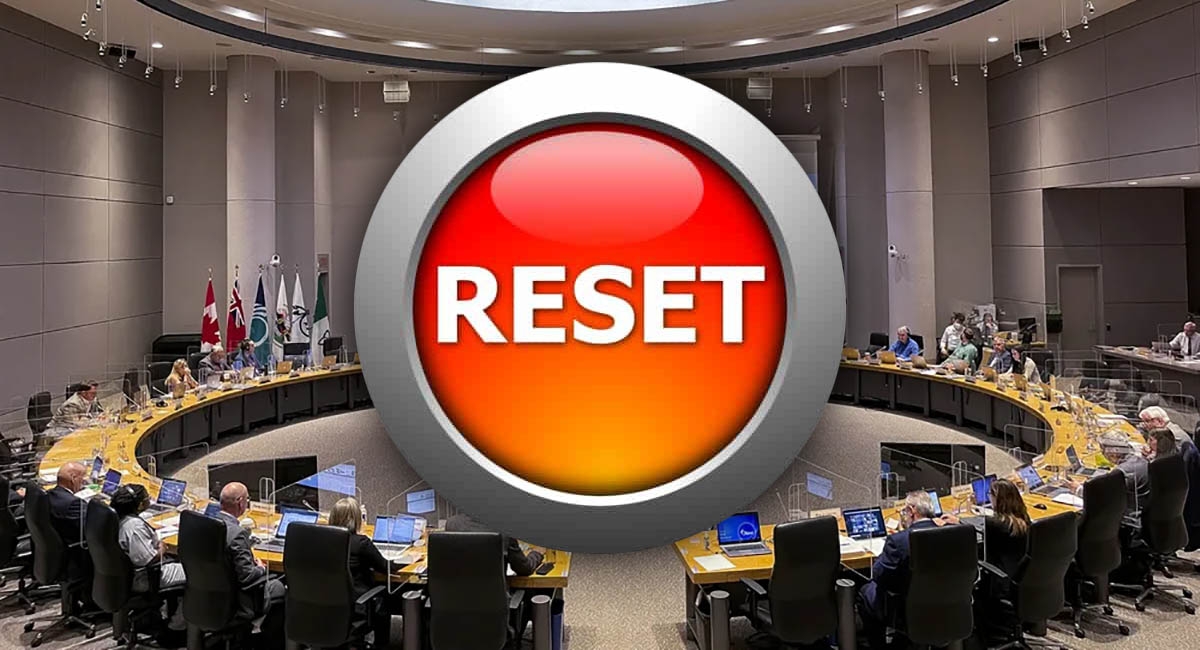
Unspoken causes of vaccine avoidance and public health noncompliance
In Canada we are fortunate, in that a vast majority of our population take public health rules and guidance very much to heart. Most of us have availed ourselves of the offered vaccines, and most make a pretty decent effort to comply with distancing, masking rules, and gathering sizes.
Nonetheless, public health experts and other knowledgeable folk remain puzzled by what makes some of the public so very fearful of the vaccines or, in some cases, avid consumers of conspiracy theories, snake oil cures, or extreme views of their “rights” to harm others. It has become standard to blame such nuttiness on poor public education in the sciences, or the leverage which social media provides to charlatans, loopy propagandists and mischief makers, both local and international.
But that isn’t the whole story. Indeed, a more scientifically literate public which placed greater reliance on tested and trusted portals when surfing the net would be a good thing, but a bit of reflection reveals that there are some other causes too. To understand these unspoken causes, we need to start by stepping back in time a bit.
I grew up in the aftermath of the Second World War, and finished secondary school in 1960. All the adults around me when I was growing up had lived, worked and fought through the dangerous and stressful six years of that war, and they all had a well-honed ability to assess risk. They understood that everything in life has some risk, and were, for the most part, extremely well practiced at looking at every choice, every fork in the road, and assessing which choice had the greater risk, and which had the smaller risk. The sane ones routinely selected the choice with the smaller risk.
And then a strange thing happened. I saw it happen, because, even as a child, I had an unquenchable interest in science, which is what led me to become a medical researcher for the first couple of decades of my working life. Science in the period of my youth was moving fast; every year it became possible to measure smaller and smaller amounts of just about anything. And it was this new-found ability to measure concentrations of elements, molecules and compounds that were so small as to be negligible (a few parts per million or even billion) that gave rise, in the minds of non-scientific but vocal advocates, to the idea of “zero risk”. It started with efforts to expunge “all” contaminants in food (though quality control folk know perfectly well that there is still a specification for how much rodent hair or feces is allowed in flour).
There is, of course, no true “zero risk”, nor is avoidance of all risk a guarantee of long life, or even a happy one. But the zero risk movement captured the imagination of much of the public, who quite properly figured that we could do better than in the past. Once the “zero risk” movement picked up enough steam, however, it led to movements to stop fluoridating municipal water supplies, to ban GMO foods (despite the fact that we have been genetically modifying crops for 10,000 years), and ultimately led to helicopter parenting. I recall in the 1970’s, during the most active part of my aviation career, that some campaigners started talking about “zero risk” aviation. I would gently point out to such folk that zero risk in aviation was easy. All you had to do was bolt the aircraft to the tarmac, and then forbid anyone from walking under the wings, because there was an infinitesimal but non-zero chance that the wing would, at that moment, fall off and crush them.
Now, two generations later, there have been unquestionable benefits from the zero risk movement, including much safer cars and remarkably good food safety. But there has been a downside as well. A substantial minority of the population can no longer make a comparative risk assessment. The mere mention of any risk produces a stasis rather akin to a rabbit caught in the headlights of a car. They just cannot cope with the idea that they must voluntarily assume some risks, and that, in doing so, they can likely avoid greater risks. Thus, the litany of worries about vaccine side effects that spew from such folk, with no attempt to balance that risk, against the vastly greater risk of Covid. And that’s without getting into the discussion that is yet to come about the possible shortening of the lifespans of those who have had Covid and recovered, because we all know that, for example, all lung scarring is correlated to shorter life spans (not always, but certainly on average), when compared to similar folks with no lung scarring.
We have, as a people, partly lost the ability to parse risk. We’ve had it so good for so long that some of us fail to recognize or quantify a serious and immediate risk when it marches onto the stage.
An old friend of mine, the late Dr. Bill Delaney, had a favorite expression, which for years I have been citing as “Delaney’s Law”. The expression is, “If somebody doesn’t want to do something, one reason is as good as another”. At its heart, it means that the reasons a person gives for not doing a thing may bear no relationship whatsoever to the underlying source of the reluctance. And that is where the zero risk movement melds with an even more potent force, which I call the “fallacious freedom” movement.
It seems that the favorite narrative these days for many of those who do not wish to adhere to social distancing dicta and size limits for gatherings, who resist mask wearing when recommended or required, and who eschew vaccination for Covid and decry vaccine mandates, is that such public health measures are an attack upon their freedom. Some are so vehement on this score that their discourse and related public demonstrations verge on revolution, or at least sustained public disorder. Appeals to them about their duty to protect others seem to enrage them even further.
But logically, the stance that the cited public health measures are a substantial curtailment of some pre-existing freedom doesn’t hold up to serious scrutiny. All those “freedom” advocates grew up surrounded by entirely accepted limitations that they never took as infringement on their freedoms, even though those accepted restrictions were and are greater than the new ones. Those entirely accepted restrictions included vaccinations of various sorts for school attendance and for practicing various professions and trades, gathering size limits for safety, whether on a boat, in an elevator, or in a restaurant or pub, and explicit clothing restrictions. They willingly obey the “No shirt, no shoes, no service” notices on restaurant doors. And as youngsters, they were surely told by their mothers that, “You can’t run out into the street without your pants! Get back in here!”
If they are so keen on resisting constraints on “freedom”, why focus on the public health based constraints? Why not take on some of the older constraints? May I suggest to such folks that they try to exercise their “freedom” by slipping out to the supermarket with no clothing on between the waist and the ankles and see how that works out for them?
But you and I both know they won’t do that. Deep down, their talk about freedom is really about change. They can not cope with change. The new constraints alarm them, not because they are significant, but exactly because they are new.
Yes, there is a non-trivial subset of society that cannot cope with change, even minor change. We have lived through such a good period that these folk never experienced a major war, a major famine, a major pandemic or deep privation. They have become so wussy that any sudden change from what they know scares them shitless. That is why they sound so strident. That’s what scared people sound like.
They are so scared, in fact, that any appeal to them for compliance with public health measures based upon their duty to protect others is guaranteed to fail. They can’t think of others just now, because they are terrified about themselves and that their lives are changing.
Further evidence that fear is driving that particular train is what happens when the occasional vocal vaccine critic does get pressured into getting vaccinated in order to keep a job or go on a desired trip. Do they continue afterwards stridently campaigning against such measures? No, they don’t. For the most part, they just leave the debate. They got vaccinated. They didn’t die. They didn’t grow an extra ear. End of story.
And, for those who remain attracted to the “fallacious freedom” movement, in their terror, they act in ways that are inimical to their own self-interest. Watching them, we are, of course, tempted to wonder how so many of our compatriots got so soft, so stupid, and so lacking in their duty of care for others. That is a valid and interesting question, but also an unworthy thought. We should also reflect on how to help them get out of their funk. Anyone who has had children knows a lot about how best to steer them out of a hissy fit and back under the guidance of their better angels. Most of those tricks work just as well on frightened adults.
After all, they are not without some coping mechanisms. They can usually cope with very gradual change. For example, many have made the leap from flip phones to smart phones. Some read their newspapers on line. They have adjusted to our see-through plastic banknotes.
Most of them will eventually learn to live with most of the needed public health measures, but not immediately. The process will be slow, and we can help by celebrating the gradual normalization and institutionalization of those changes that must, of necessity, become permanent. And in due course, we can hope that, psychologically, they may be better equipped to handle the next pandemic, if not this one.
But for the moment, they are in a wilderness. They are on the wrong side of history, and not coping well with that fact. If we don’t over-react to their fervor and their extremist rhetoric, many of them will eventually adapt. Or at least, their children will. Sometimes I take the long view.
Illustration: iStock








